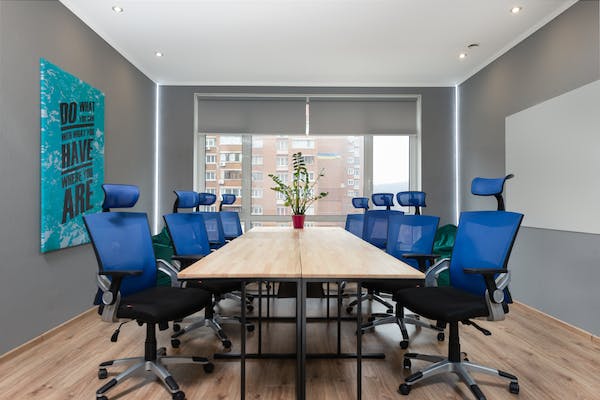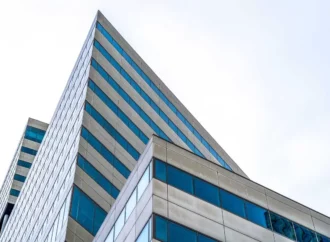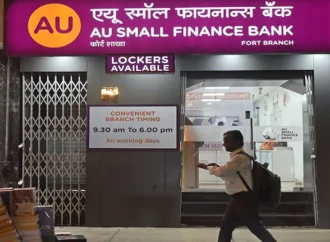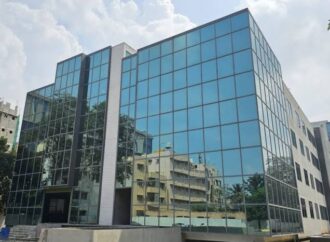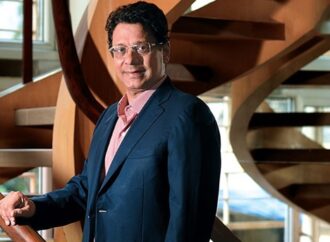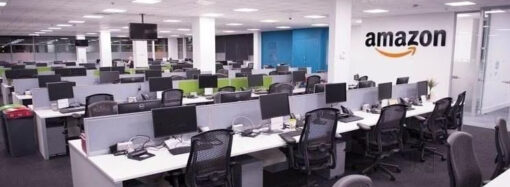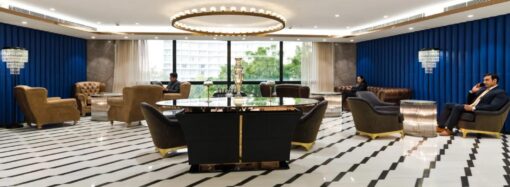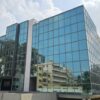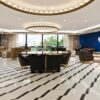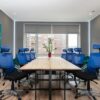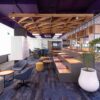The landscape of workplace design in India is undergoing a profound transformation, influenced by global trends towards sustainability, innovative design, and technology.
The landscape of workplace design in India is undergoing a profound transformation, influenced by global trends towards sustainability, innovative design, and technology. This shift is particularly noticeable in embracing co-working and flexible workspaces, reflecting a broader move towards modern work culture and collaborative environments.
The Shift in Workplace Design
The pandemic has accelerated a change in work habits, leading to the widespread adoption of the hybrid working model. This model emphasises efficient use of space while prioritising employee well-being. The surge in affordable office design solutions has empowered companies to tailor their workspaces to these new priorities, fostering environments that support their workforce’s professional and personal needs.
Key Components of Modern Workspace Design
Sustainability | Innovative Design | Amenities | Collaborative At Work | Technology
Sustainability
A pivotal trend reshaping the corporate landscape is the commitment to sustainability. Over half of India’s office spaces now possess green certifications, reflecting a monumental shift towards environmental stewardship. This trend, rooted in constructing green-rated buildings, serves a dual purpose: it significantly reduces the organisation’s carbon footprint while attracting environmentally conscious talent. The emphasis on sustainability goes beyond energy efficiency, encompassing water conservation, waste reduction, and renewable materials, thereby setting a new standard for corporate responsibility.
Innovative Design
The heart of modern workspace innovation lies in biophilic design, which seeks to connect occupants with the natural environment through indoor plants, natural lighting, and access to outdoor areas. This approach has been scientifically linked to improved mental health, increased productivity, and enhanced employee satisfaction. Workspaces are no longer monolithic; they are now a blend of various settings, including multifunctional meeting rooms, quiet lounges, and vibrant conversation zones. This diversity in design is crucial for supporting different work styles and tasks, making the office a more adaptable and enjoyable place to work.
Amenities
Modern workspaces complement innovative design and offer many amenities prioritising convenience and well-being. These amenities, from fitness centres and wellness areas to cafes and recreational spaces, are designed to meet employees’ holistic needs. The goal is to create a workspace that meets professional requirements and supports personal growth and health, fostering a balanced work-life integration.
Collaboration at Work
A contemporary office is designed to foster creativity and collaboration through open spaces. These spaces facilitate easier interaction and teamwork, are integral to hosting events, workshops, and casual gatherings, and strengthen the sense of community within the organisation.
Technology
In the modern office, technology is seamlessly integrated to streamline operations and enhance the work experience. Advanced solutions, including intelligent furniture, digital communication platforms, automated lighting, booking, and security systems, transform the workplace into an efficient, interconnected environment. This technological layer boosts operational efficiency and empowers employees to work more effectively in the office or remotely.
The Evolution of Workspace Design in India
The transition to managed and flexible workspaces is evident in the significant growth of operational flex space across India’s major cities. This expansion reflects a rising demand for such environments, driven by their adaptability and their enhanced work experiences.
The future of workplace design in India is promising, with a clear trend towards environments that are not only functional but also conducive to the well-being and productivity of employees. Companies increasingly recognise the value of design that emphasises sustainability, innovation, and collaboration, underpinned by advanced technology. This evolution is not just about creating spaces that look good but about fostering environments where talent can thrive, ensuring that the workplace of tomorrow is as dynamic and multifaceted as the workforce it aims to retain.

